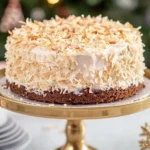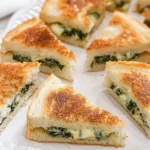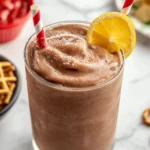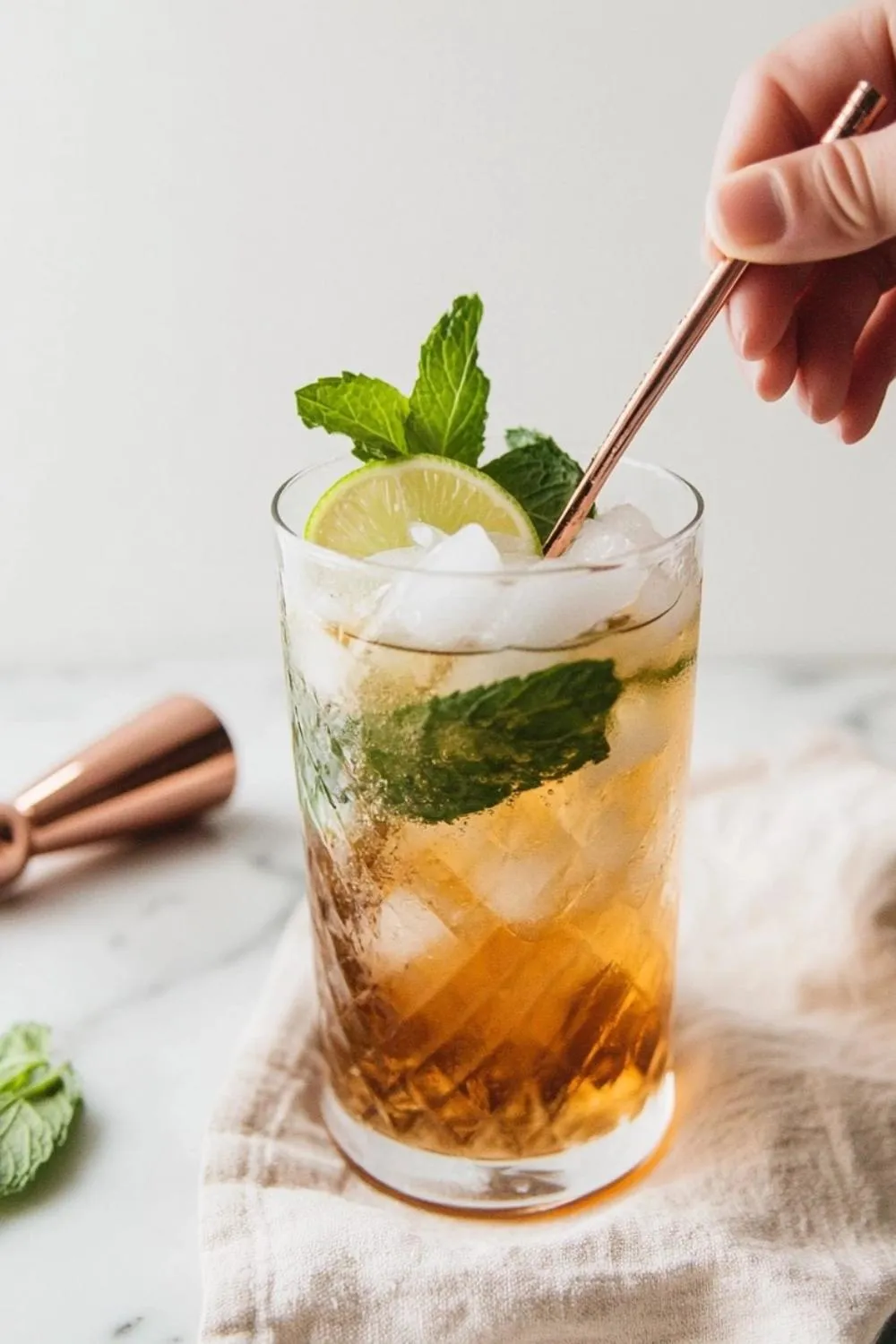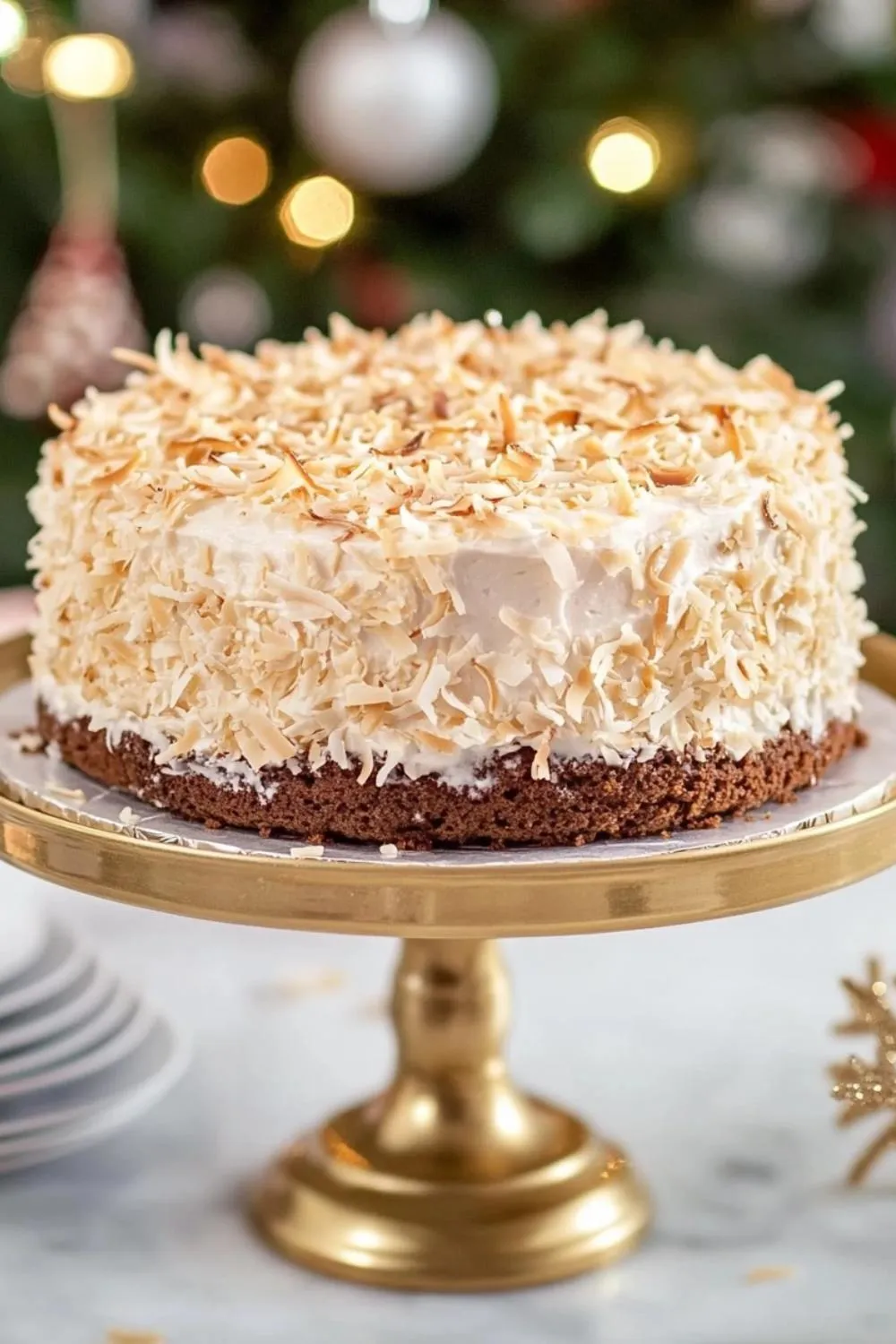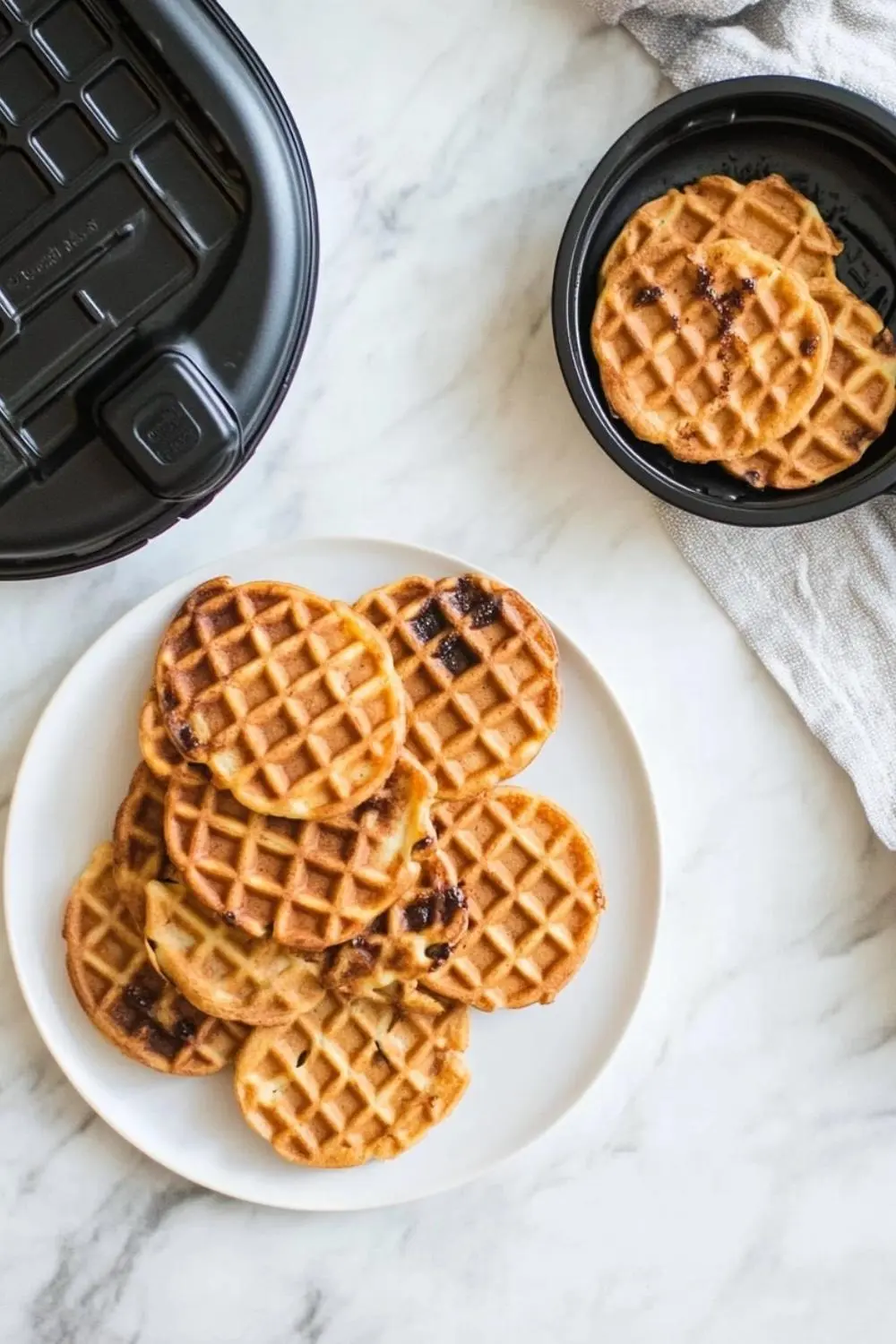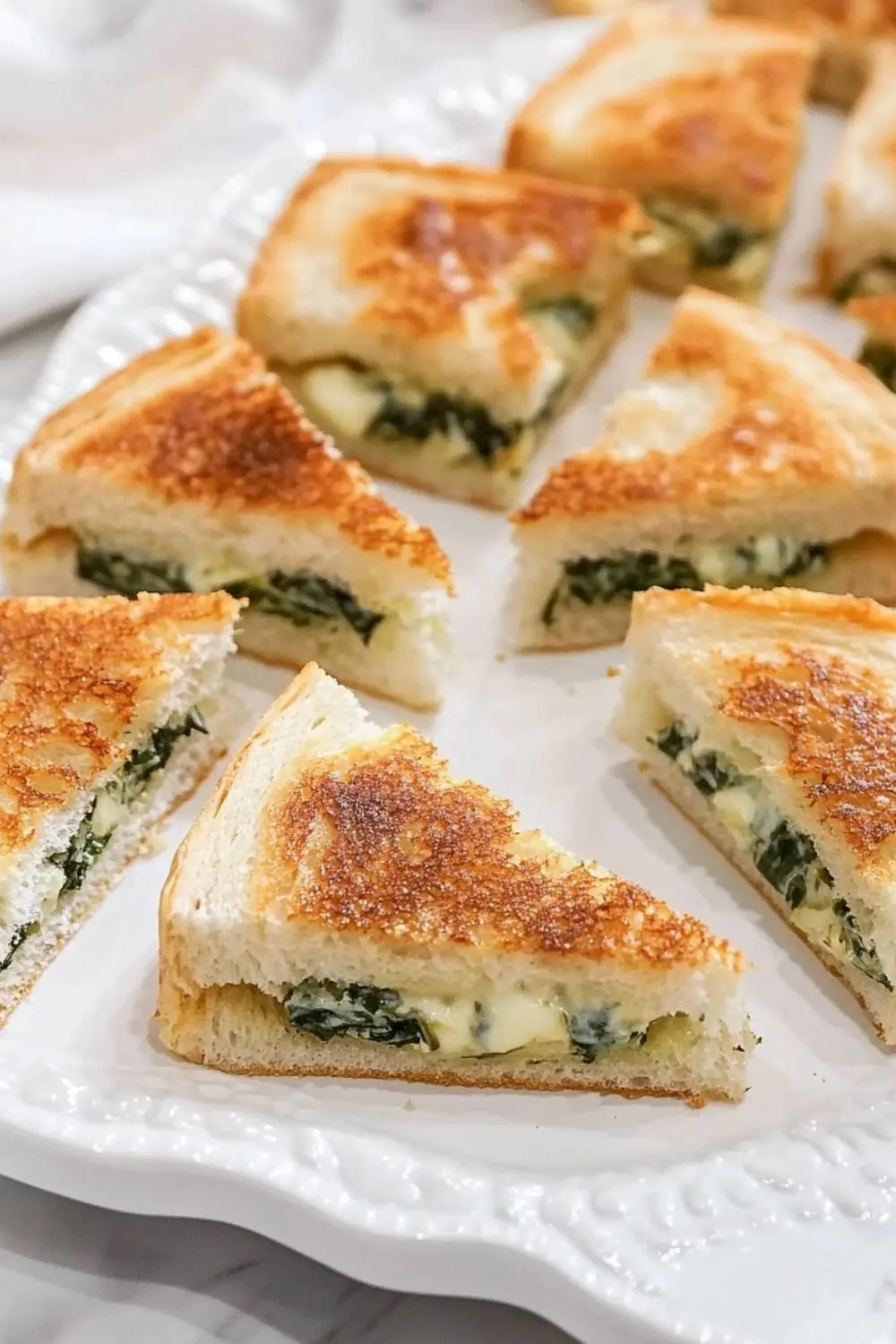Ever stood in front of your pantry or grocery shelf, wondering whether to grab granulated, brown, turbinado—or even coconut sugar? You’re not alone. Sugar isn’t just sweet—it brings moisture, texture, structure, and even richness to your bakes.
Whether you’re making a classic sponge, a rich Giada De Laurentiis Cinnamon Chocolate Fudge (like this one I’m working on), or just sweetening up your morning oatmeal, understanding your sugar can make all the difference.
Let’s break down the most common sugars, what makes each one special, and when to use them in baking.
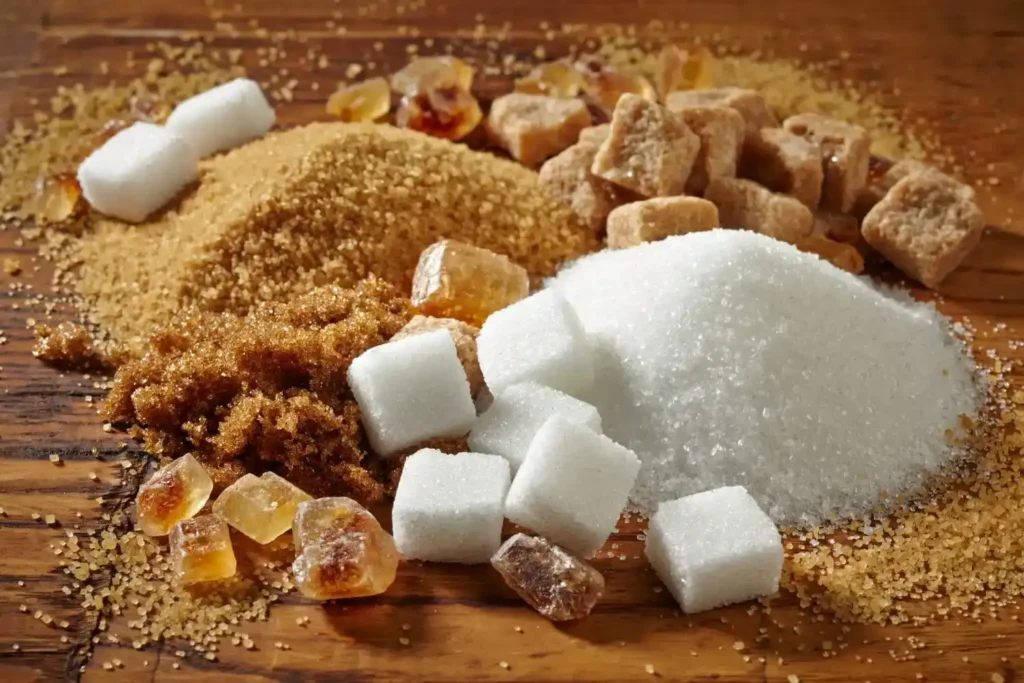
Granulated Sugar: The Go-To Classic
This is your everyday, white pantry sugar. It’s highly refined, with fine crystals that dissolve well in most batters and doughs.
Best for: cookies, basic cakes, muffins, and meringues.
It provides structure without adding flavor, making it ideal when you want other ingredients—like chocolate or coconut—to shine. It’s what gives structure to light batters, just like in Angel Food Cake with Chocolate Hazelnut Frosting.
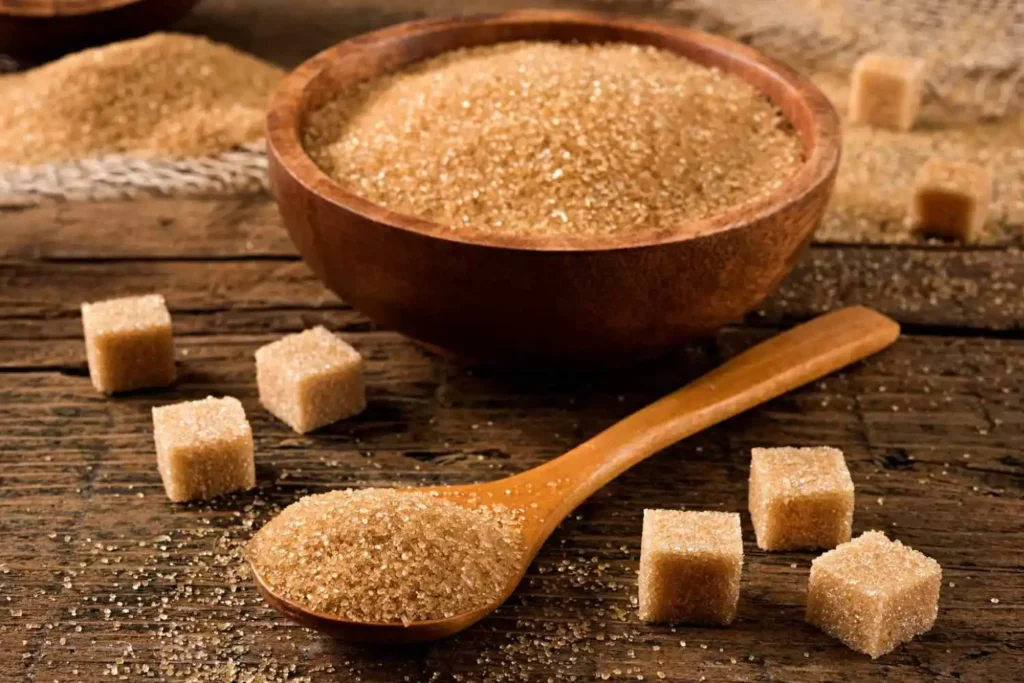
Cane Sugar: Slightly Less Processed, Just as Sweet
You’ll often find this in health food stores labeled as “organic cane sugar.” It’s a little more golden, and the crystals are coarser than granulated sugar.
Tip: You can usually use it 1:1 in recipes that call for granulated sugar, though it might not dissolve as easily in delicate batters. A quick blitz in the food processor helps.
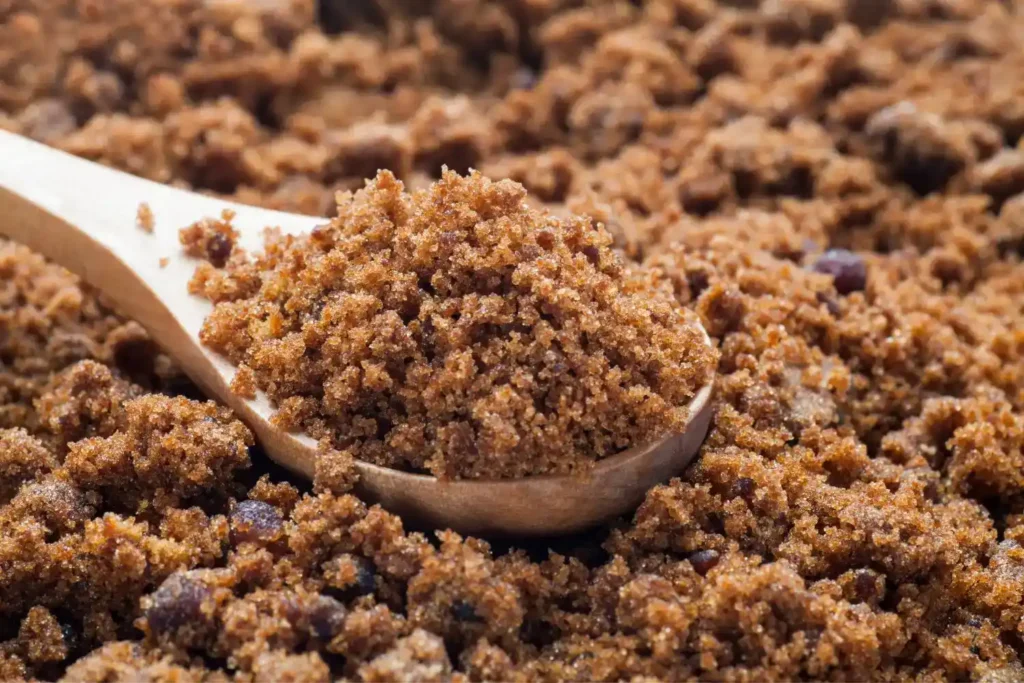
Brown Sugar: Caramel-Like Depth and Chew
Brown sugar is simply sugar with molasses—either naturally retained (unrefined) or added back in (refined).
- Light brown sugar = milder flavor
- Dark brown sugar = bolder, molasses-heavy notes
Best for: chewy cookies, banana bread, spice cakes.
Brown sugar adds moisture and depth. It’s a must in anything from Salted Dark Chocolate Chunk Brownies to cozy cakes like Poblano Corn Pudding that need a hint of warmth.
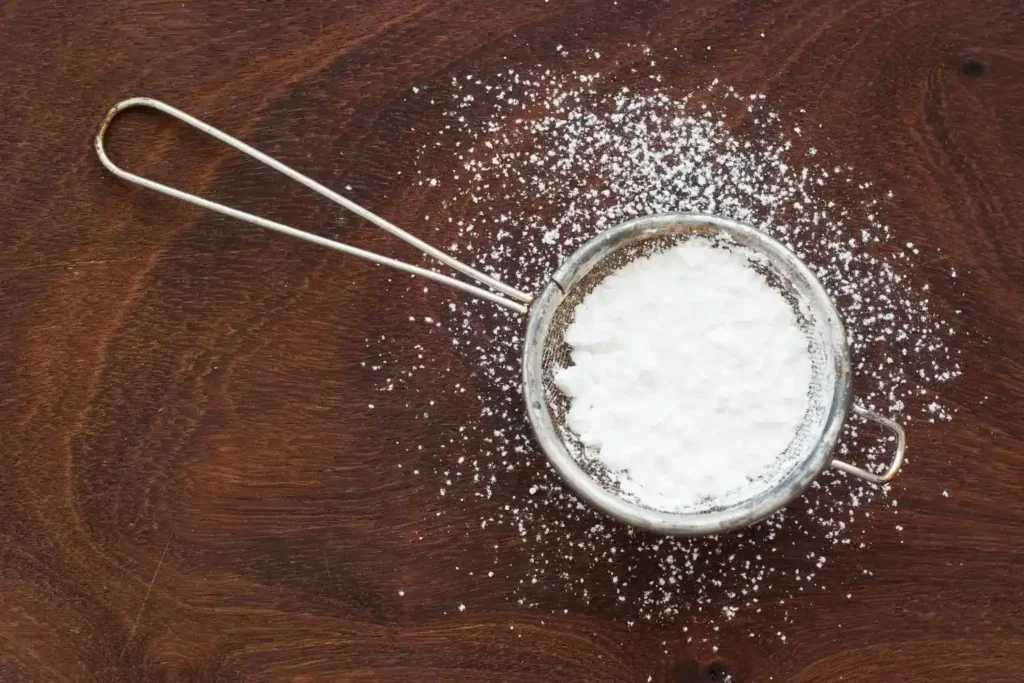
Powdered Sugar: For Smooth Frostings and Silky Glazes
Also called confectioner’s sugar or 10X, this is finely ground sugar mixed with a bit of cornstarch to keep it from clumping.
Best for: American buttercream, whipped cream, glazes, and dusting.
It helps stabilize whipped toppings and frostings—especially handy if you’re decorating something like a Chocolate Chip and Cinnamon Breakfast Pizzelle.
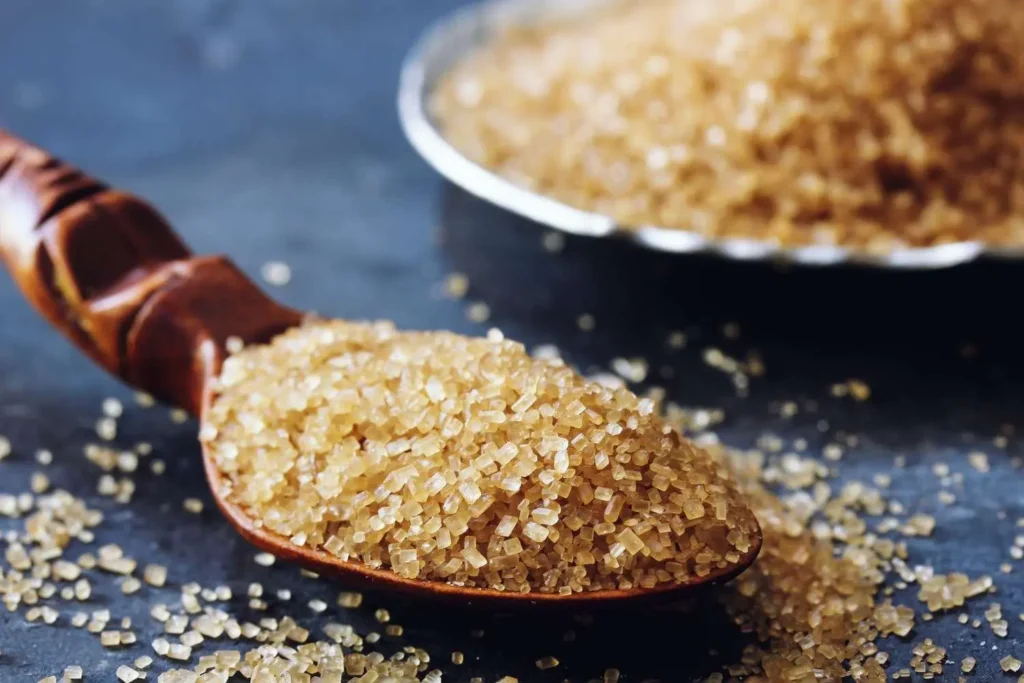
Turbinado Sugar: Crunch and Shine
Think of this as sugar with sparkle. Turbinado is minimally processed, with large golden crystals and a subtle caramel flavor.
Best for: topping muffins, pies, and cookies for that gorgeous sugar crust.
It won’t melt well in doughs, but sprinkle it on Pineapple Boat Shrimp with Fruit Salsa for a tropical sweet-savory twist—or dust it on top of cakes before baking for added texture.
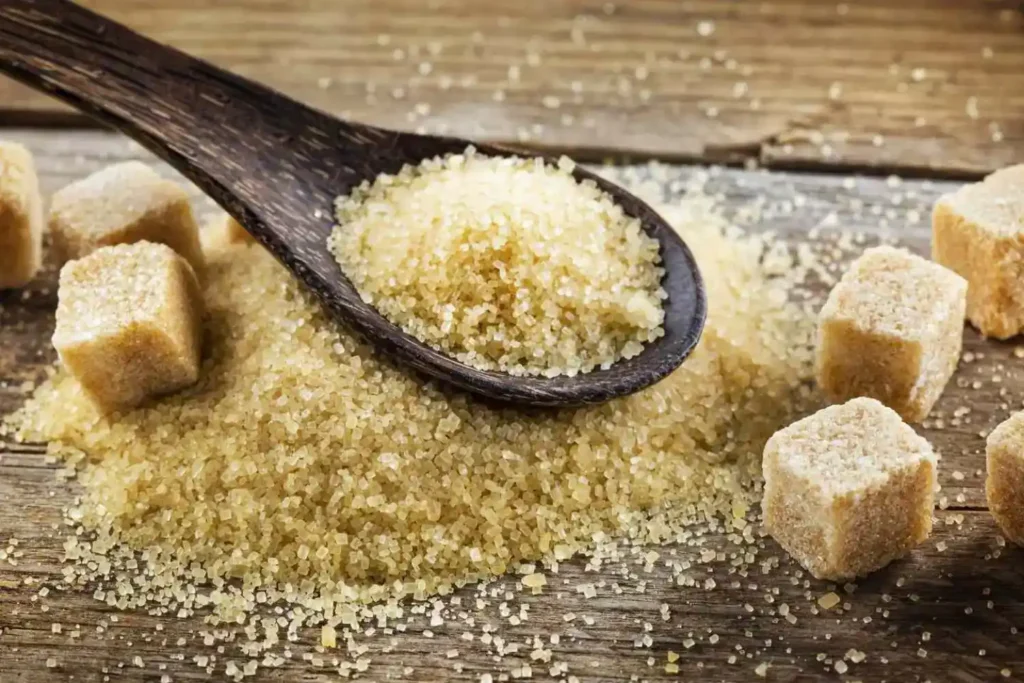
Demerara Sugar: Turbinado’s Bold Cousin
Similar to turbinado but with even larger crystals and a bit more molasses flavor. Great for crusty toppings or mixing into spice rubs and warm drinks.
Tip: If you’re out of brown sugar, demerara can pinch-hit in recipes that don’t need a super smooth texture.

Muscovado Sugar: Rich, Deep, and Mysterious
This is brown sugar’s darker, moodier cousin—unrefined and packed with molasses. It’s sticky and bold, and adds complexity.
Best for: gingerbread, spice cakes, BBQ sauce, or something like Superfood Fudge Torte.
If you’re into earthy, cozy flavors, you’ll love what this does to your bakes.
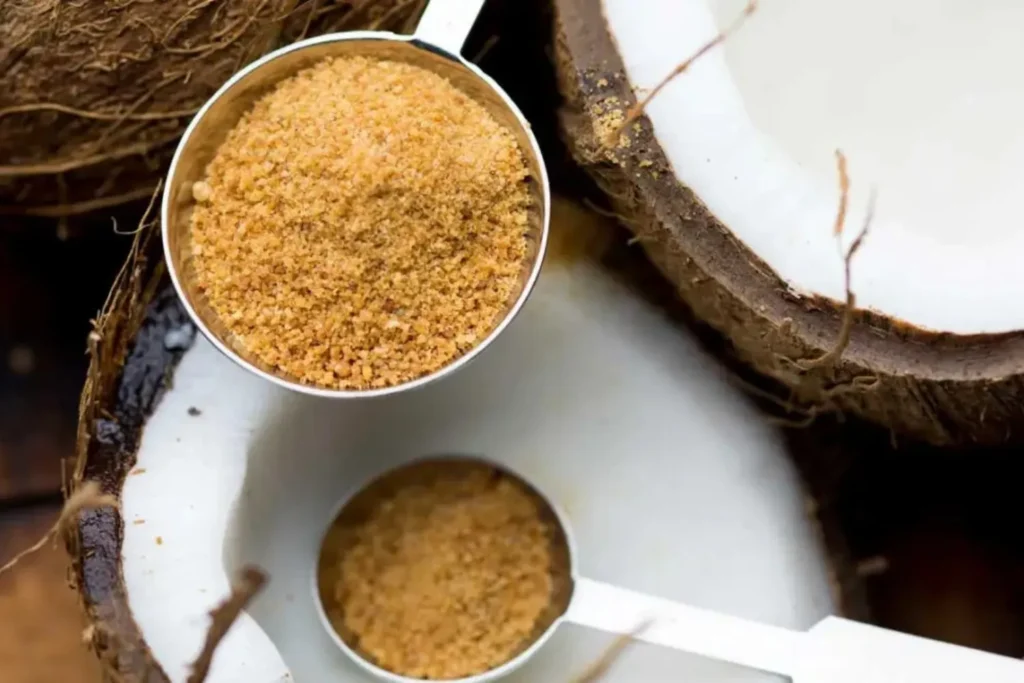
Coconut Sugar: The Health-Conscious Darling
Made from the sap of coconut palms and dehydrated into crystals, coconut sugar is gently sweet and slightly nutty—somewhere between brown sugar and caramel.
Best for: healthier bakes, banana bread, or recipes where you’d normally use brown sugar.
We love using it in cakes like our Chocolate Coconut Cake because it subtly enhances the coconut without overpowering the chocolate. Plus, it has a lower glycemic index and contains trace nutrients like zinc, iron, and potassium.
Choose Your Sweetener with Intention
Sugar isn’t just about sweetness—it’s a core building block in baking. Whether you want moisture, crispness, shine, or flavor depth, your sugar choice makes a difference.
When you’re crafting something cozy and rich like a Chocolate Coconut Cake, try blending sugars:
- Brown sugar for moisture
- Coconut sugar for warmth
- Turbinado for a crunchy top
And if you’re ever unsure which to use, bookmark this guide—or just follow your baking instincts.


